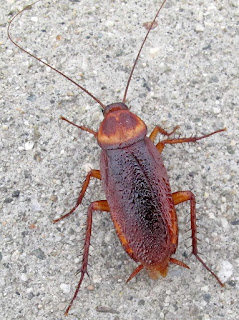This is Week 20 and the last of the Weekly Updates for 2019! Watch for special releases during the fall and winter, as information is updated. Please subscribe to the Blog or bookmark the Blog to stay informed. Changes are coming for 2020!
We thank all the many folks who have been monitoring, collecting, compiling and generating data throughout this growing season - your exceptional efforts are appreciated and critical! We also sincerely thank the many researchers, talented technical support staff, and especially the many students who have been contributing to agricultural field crop protection, insect pest management, and arthropod biodiversity this season!
Please access the complete Weekly Update either as a series of Posts for Week 20 (August 22, 2019) OR a downloadable PDF. Be sure to check out the Insect of the Week - this is our final doppelganger of the 2019 field season!
Questions or problems accessing the contents of this Weekly Update? Please e-mail either Dr. Meghan Vankosky or Jennifer Otani. Past “Weekly Updates” can be accessed on our Weekly Update page.

















